My app has a multi-pane tutorial-style view that users swipe through to learn about the app. This is implemented very much as described in this tutorial. Having implemented it for both iOS 7 and 8, I'm comparing how they work, and finding issues with the latter — I'm running Xcode 6 GM here.
It seems that the UIPageViewController is rendering the views after the transition is complete. I overrode the delegate methods to see what was going on:
- (void)pageViewController:(UIPageViewController *)pageViewController willTransitionToViewControllers:(NSArray *)pendingViewControllers
{
NSLog(@"Frame size before: %@", NSStringFromCGRect([(UIViewController*)pendingViewControllers[0] view].frame));
}
- (void)pageViewController:(UIPageViewController *)pageViewController didFinishAnimating:(BOOL)finished previousViewControllers:(NSArray *)previousViewControllers transitionCompleted:(BOOL)completed
{
NSLog(@"Frame size after: %@", NSStringFromCGRect([(UIViewController*)previousViewControllers[0] view].frame));
}
And here's a sample output:
Frame size before: {{0, 0}, {600, 600}}
Frame size after: {{0, 0}, {320, 568}}
This manifests like so: swipe to the left to pull in the next view, and note a 32-pt white space at the bottom of the new view. Once the transition is complete, it jerks into its proper layout.
Is this a bug in iOS 8, perhaps? I'm all out of guesses at this point.



